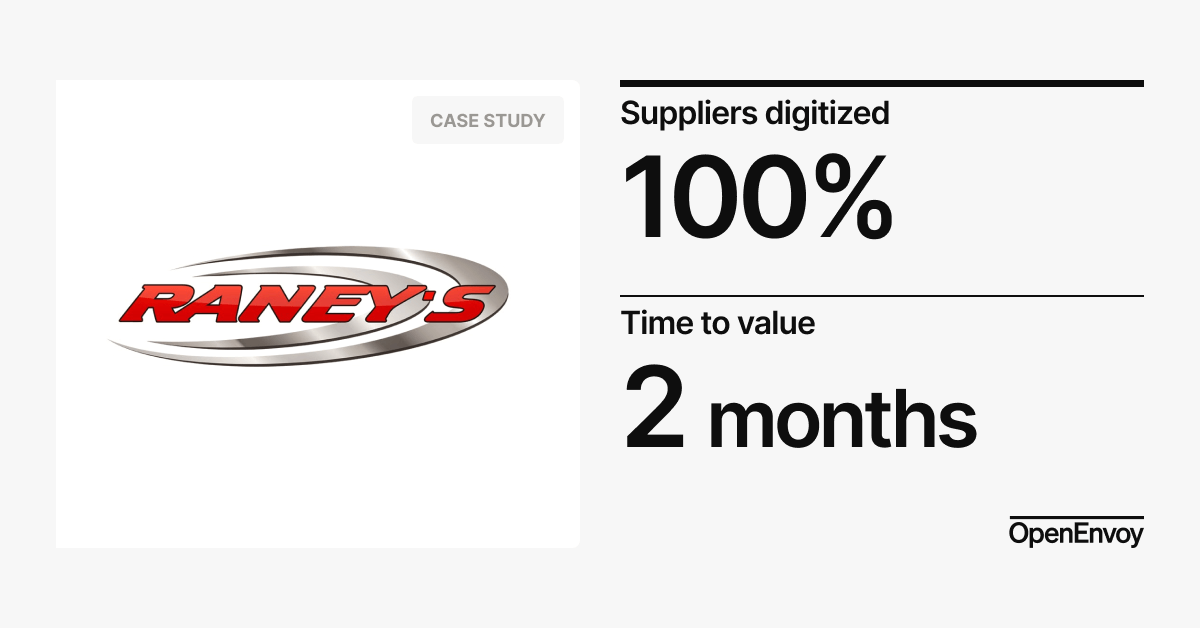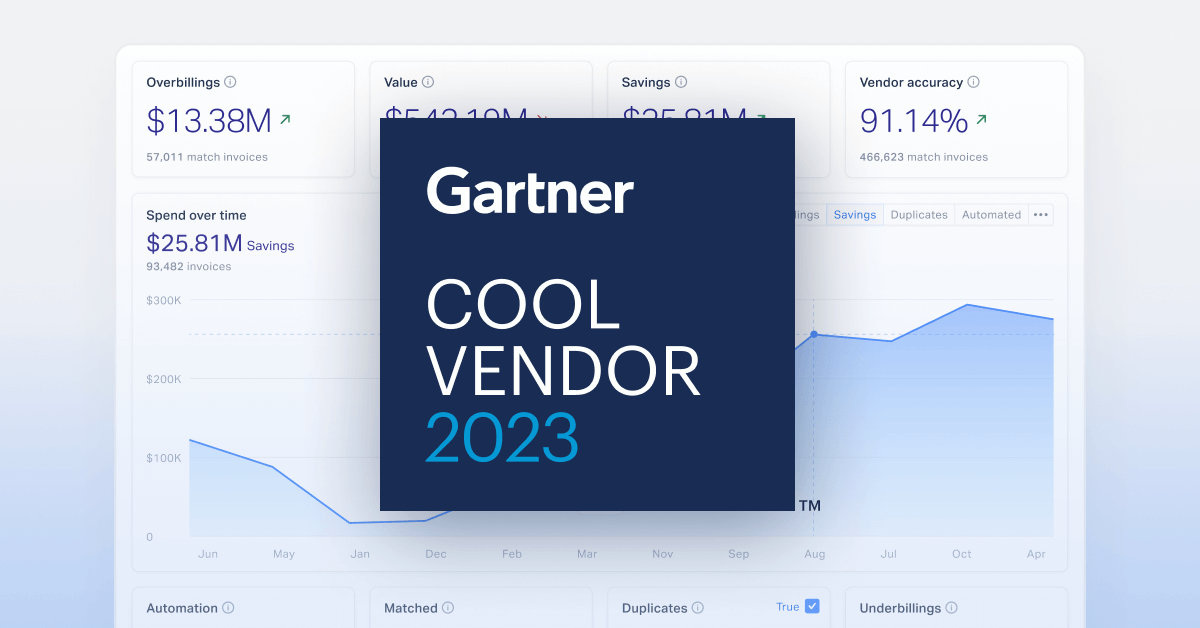< Back to E-Invoicing Overview
Japan has introduced e-invoicing as part of its efforts to modernize business transactions and improve tax compliance. The government launched the JP PINT standard, based on the European Peppol format, to facilitate e-invoicing adoption across industries.
e-invoicing is not yet mandatory for all businesses, but the government is encouraging its adoption, particularly for businesses handling VAT transactions. The transition to full digital invoicing is expected to support more efficient tax reporting and automation.
Regulatory authority
The National Tax Agency (NTA) oversees Japan’s e-invoicing regulations.
E-invoicing requirements
E-invoicing is voluntary but strongly encouraged for businesses handling VAT transactions. The government is expected to expand the requirement in the coming years.
Accepted invoice formats
Invoices must be issued in JP PINT format, which is based on the Peppol BIS standard.
Transmission channels
Invoices are transmitted through the Peppol network or corporate ERP systems.
Digital signatures
Digital signatures are not mandatory but may be used for authentication.
Archiving requirements
Invoices must be archived for seven years in compliance with Japanese tax laws.
How B2B e-invoicing works in Japan
Businesses generate invoices in JP PINT format and transmit them through Peppol-certified networks or corporate invoicing systems.
How B2G e-invoicing works in Japan
Government suppliers must submit invoices in JP PINT format, ensuring compliance with digital procurement regulations.
Ready to get started?
Schedule a consultation to explore the benefits of e-invoicing.


